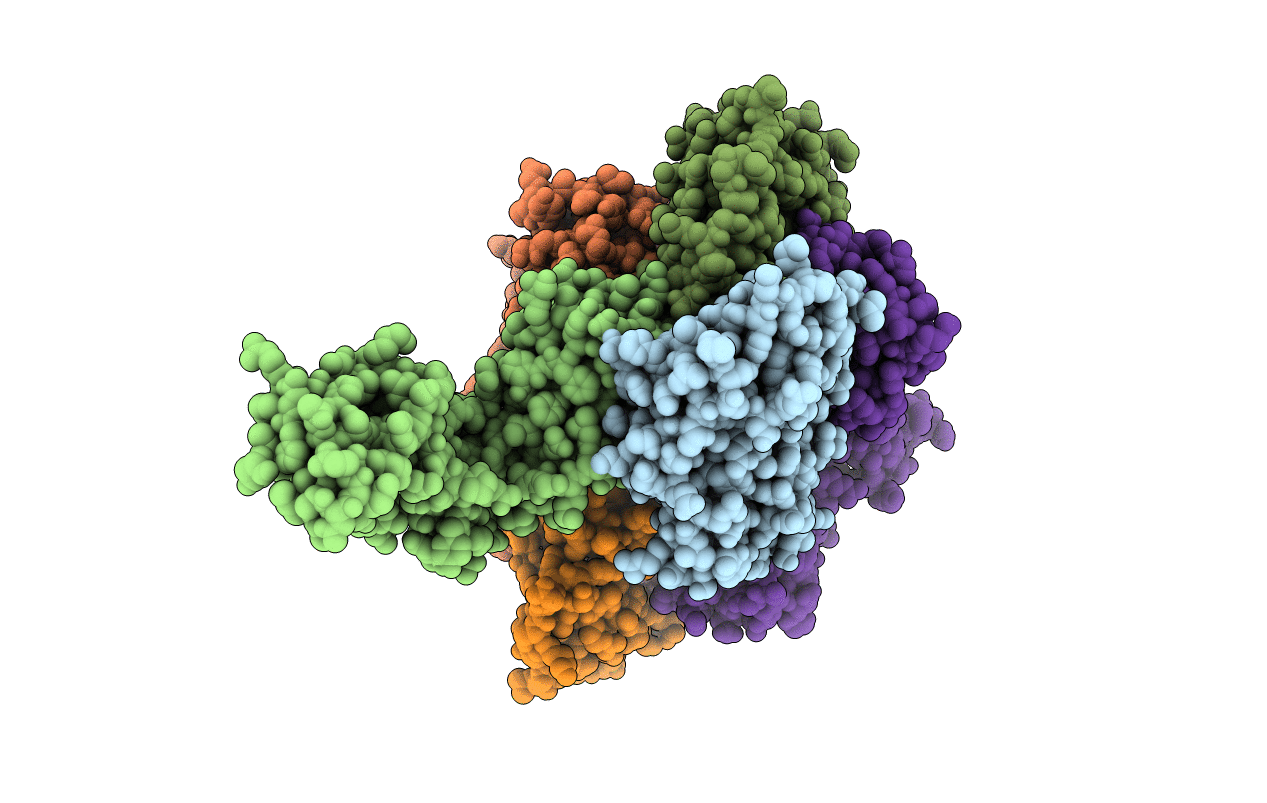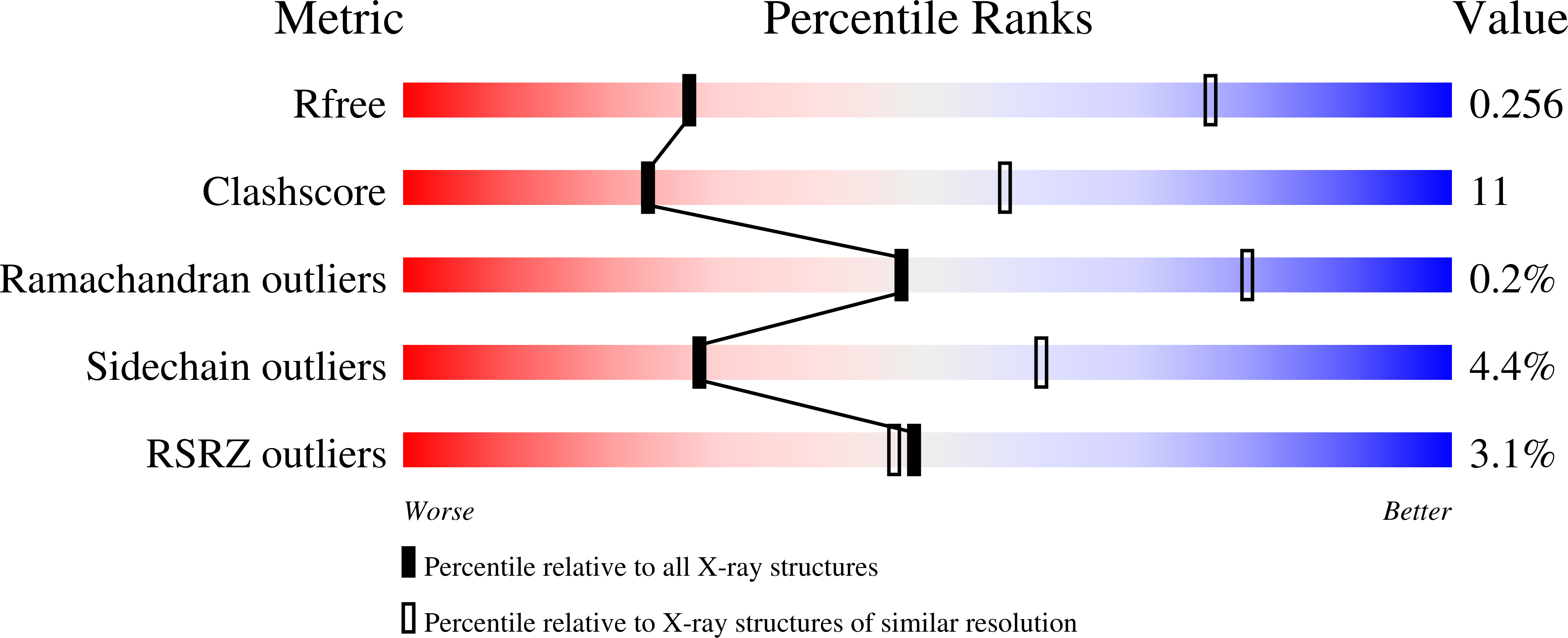
Deposition Date
2020-04-18
Release Date
2020-12-23
Last Version Date
2024-10-23
Entry Detail
Biological Source:
Source Organism:
Mus musculus (Taxon ID: 10090)
Vesicular stomatitis virus (Taxon ID: 11276)
Vesicular stomatitis virus (Taxon ID: 11276)
Host Organism:
Method Details:
Experimental Method:
Resolution:
3.45 Å
R-Value Free:
0.25
R-Value Work:
0.21
R-Value Observed:
0.22
Space Group:
P 43 21 2


